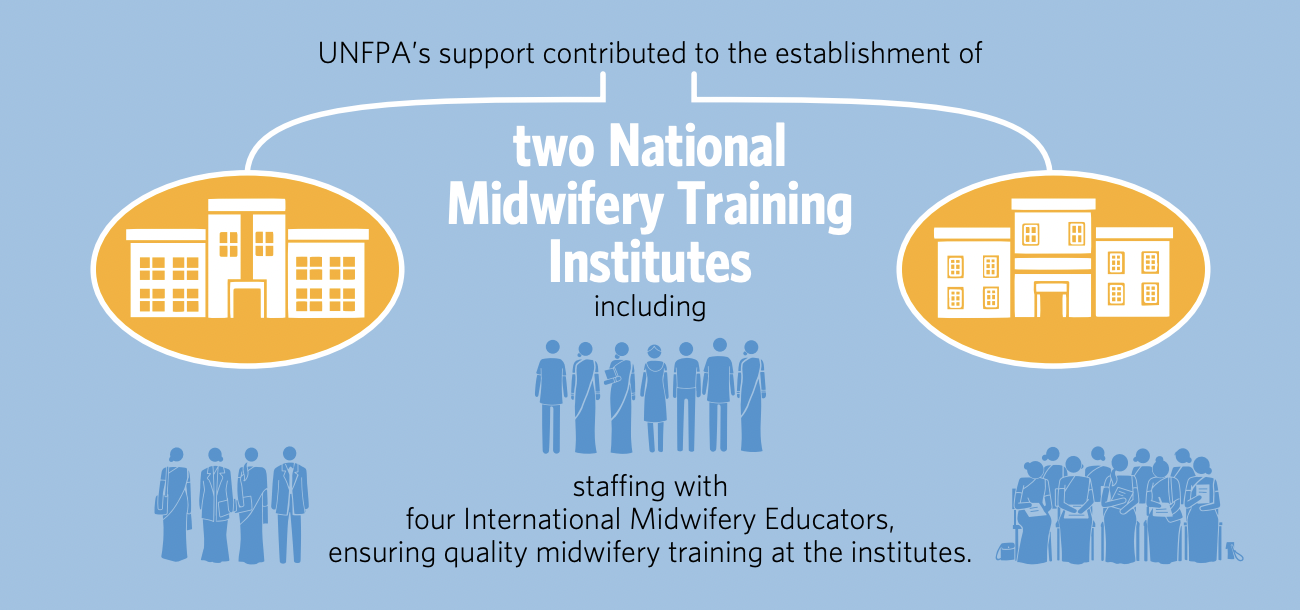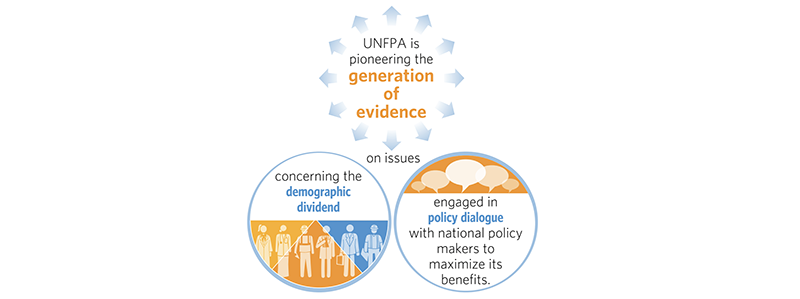India has continued to make enormous strides in the area of sexual and reproductive health in the last decade. Recent indicators show that the maternal mortality ratio for the country declined from 130 to 97 maternal deaths per 100,000 live births in the four years between 2014-2016 to 2018-2019, and eight states have already achieved the SDG target of reducing the maternal mortality ratio to below 70. The country’s total fertility rate is now below the replacement level (2.1) according to the latest round of the National Family Health Survey (NFHS) 2019-2021, and the use of modern contraceptive methods by currently married women has increased from 47.8 to 56.5 per cent. The country is now looking forward to realizing its national commitments under the global FP2030 agreement for expanding family planning and improving reproductive health.
UNFPA has played a role in these advances since its 1st Country Programme in 1974 through its advocacy work, its programmatic activities, provision of supplies of reproductive health commodities, work to empower women, support for civil society organizations (CSOs) working on sexual and reproductive health issues, and analysis and use of data. UNFPA has long been a partner with the Government of India in developing and implementing policy in the areas of reproductive health and rights and promotion of gender equality while targeting its programmatic support during the 9th Country Programme in four states and 14 priority districts as decided with the Government.






